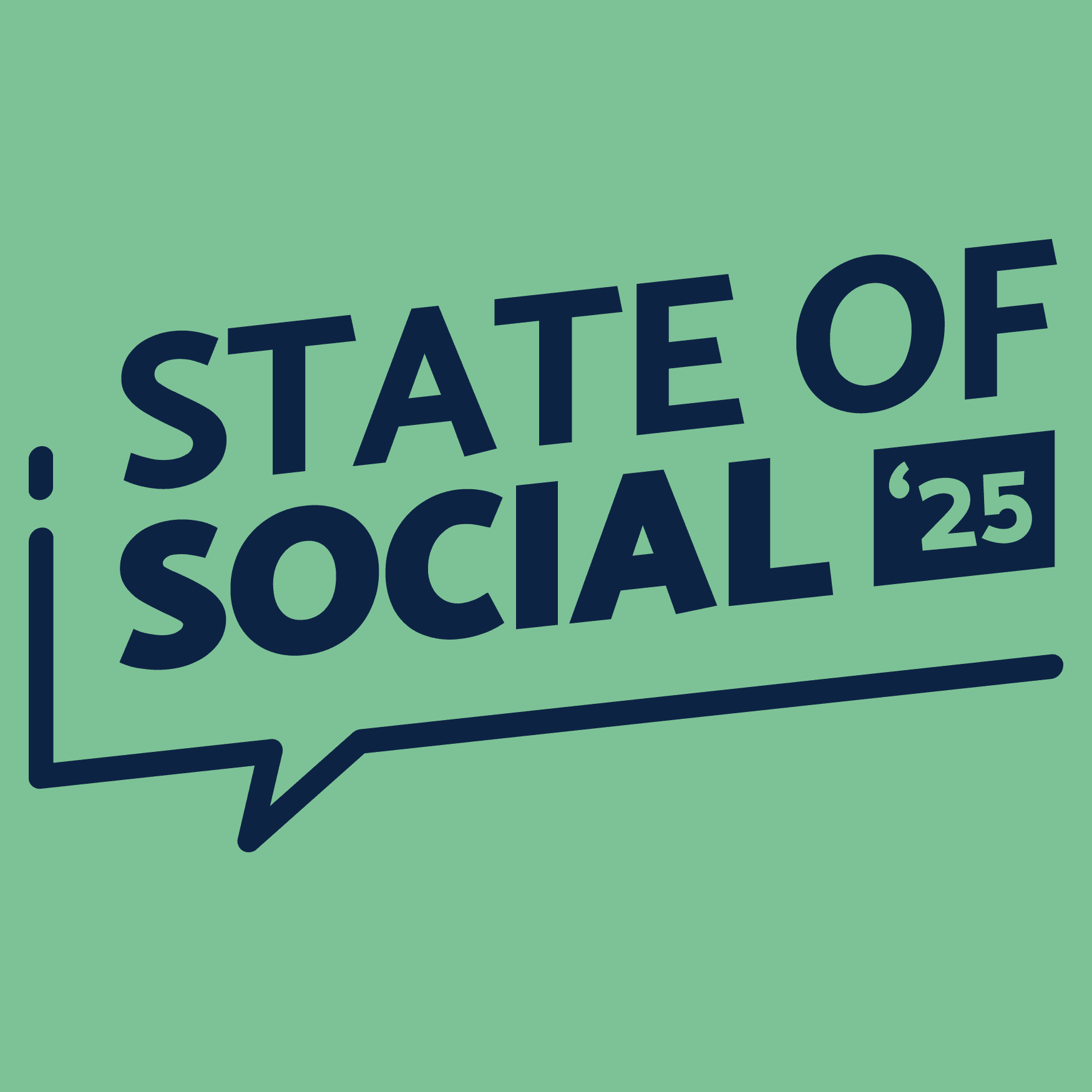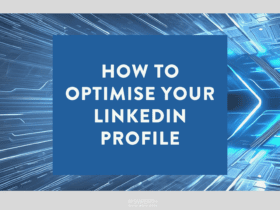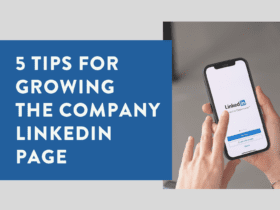How much time do you spend promoting yourself?
If you work in social media or digital marketing, you’ve probably come across your fair share of LinkedIn profile tips. But which ones should you focus on?
Whether you’re looking to expand our professional network or you’re looking for work, having a strong presence on LinkedIn is a vitally important step that many people overlook. Taking the time to make sure your LinkedIn profile is up to date, optimised, and relevant to your current skills and situation is critical in today’s modern workforce.
Over 70% of potential employers will look you up on social media before making a hiring decision, and your LinkedIn profile is often their first stop.
There are so many things to consider when optimising your LinkedIn profile, so we’ve narrowed it down to just five tips to get you started.
1. Spend time on your LinkedIn profile picture
In most scenarios, your profile picture will be the first image people see of you on LinkedIn. You only get one chance to make a first impression, so make it count.
Here are a few things to keep in mind when picking your profile picture:
- Choose a recent image.
- Your profile picture should actually look like you. This may sound obvious, but you’d be surprised how many people use images that look nothing like them in reality.
- Your face should take up 60% of your profile picture.
- Dress to impress. Dress in your photo how you would dress for work.
- Smile.
Bonus tip: don’t forget about your background image.
2. Get creative with your headline
Let us guess: as of this very moment, your LinkedIn description is probably just your job title, right? While this is common on LinkedIn, there’s no reason that you can’t make better use of his key real estate on your LinkedIn page.
Instead of simply showing off your job title, try using the headline area to:
- Let people know more about your role.
- Expand on what it is exactly that you do and why you do it.
- Give people an insight into what makes you you.
Try looking at some examples from people in your network, and see the creative ways in which they’re utilising their headline section.
3. Network, network, and network some more
While it’s easy to think about LinkedIn as a strictly business platform, people often forget that it’s a powerful social networking tool. If you’re struggling to grow your professional network on the platform, why not try syncing your profile with your email account?
Syncing LinkedIn with your email address allows the platform to make suggestions for people you should connect with.
Here are a few things to keep in mind when networking on LinkedIn:
- Connection requests require your permission, allowing you to double check who you’re connecting with.
- If you have an in-person meeting, try following it up with a request to connect on LinkedIn.
Note: if you’re syncing an email address list outside of your work email address, make sure you check with your company’s IT department beforehand, as this could potentially violate your security protocols.
4. Highlight (and monitor) your skills
Just like on your résumé, listing your relevant skills is an important part of creating a strong LinkedIn profile. However, while having a detailed list of your skills is important, it’s equally important to make sure the skills you’re listing are relevant to what you’re currently doing or what you’re looking for right now.
Pro tip: every once in a while, take the time to clean up your list of skills. It will help people get a better understanding of what you have to offer as a professional.
5. Nail your summary
The beauty of your LinkedIn summary is just how much freedom you have here to express yourself and define exactly who you are, without having to worry about job titles, start and end dates, and more.
If you haven’t already, ask yourself this question: do I actually have a LinkedIn summary?
You’d be surprised at just how many people neglect this section entirely.
Here’s what you should focus on in your summary:
- Your story. Don’t worry about simply listing your skills here.
- Tell people why your skills and experiences matter.
- Let people know how your skills help and impact the people you work with.
- Spend the time it takes. Your summary is a personal section of your LinkedIn page, so give it the time it deserves.








LET’S CONNECT